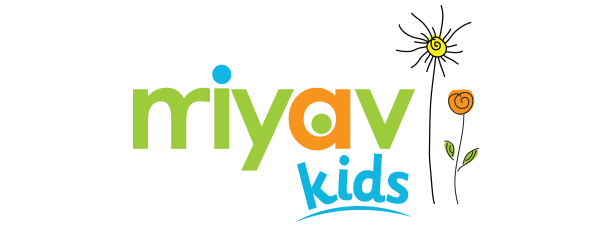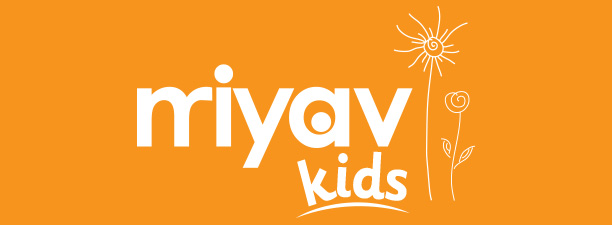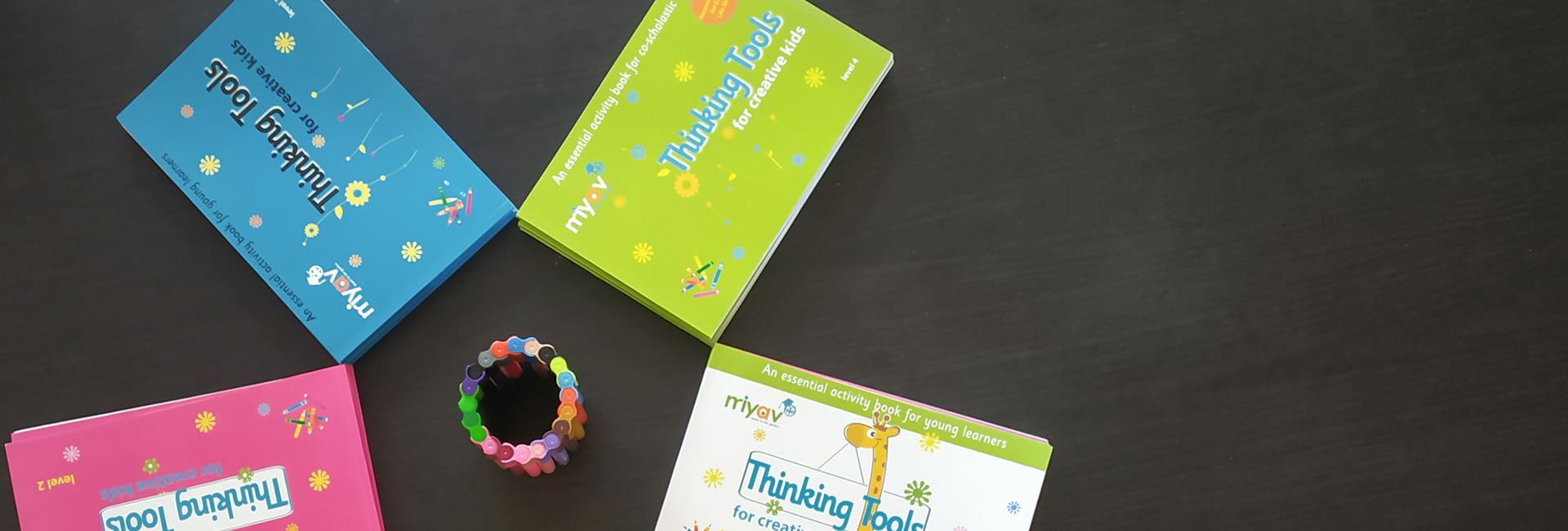27 Nov Free Kids Activities for Creative Thinking – Part 1
“Creative Thinking” or creatively solving a problem is the most sought skill in any organization. It is going to be the top skill to look for a world moving towards automation of standardized jobs. How to develop a mindset that the habit of solving a problem comes to children with ease and swift? Miyav Kids spends so much time in field trials on this problem and developed considerable research experiencing in methods for developing “creative thinking” skills in children. In 2012, we published a well-designed activity book “Thinking Tools for Creative Kids”. Thinking Tools inspired thousands of students in well-known schools in India to develop a problem-solving mindset. In this blog series, we’ll share some of the exercises from the book that can help your child to develop creative thinking habits.
THINKING TOOLS #1: SYNTHESIS – PUSH YOURSELF TO COMBINE TWO DIVERGENT CONCEPTS AND DISCOVER A NEW IDEA
Why this technique?
Actively engaging children in exercises that foster divergent thinking can help in the generation of new ideas. Synthesis is one such tool to train the children to practice divergent thinking. When you are looking to solve a problem innovatively, a practice in the synthesis tool helps the mind to discover the innovative solution. Synthesis is a valuable tool, and we found that children who are good at “Synthesis” are masters in all sorts of problem-solving. Synthesis tool systematically brings a habit in mind to look for beyond the obvious solution.
How to do?
In the exercise below, the child has to find a material which is “brown” and “hard,” i.e. they need to scan through a wide variety of materials in their mind, and find an object which has property brown color and hard at touch. The object should universally exhibit these properties in all places and time. For example, a wooden plate is both “brown” and “hard” in nature. Like this, now they can find an object, which is “blue” and “soft”. So in Synthesis tool, we are training the children to connect two ideas and use divergent thinking to scan and discover.
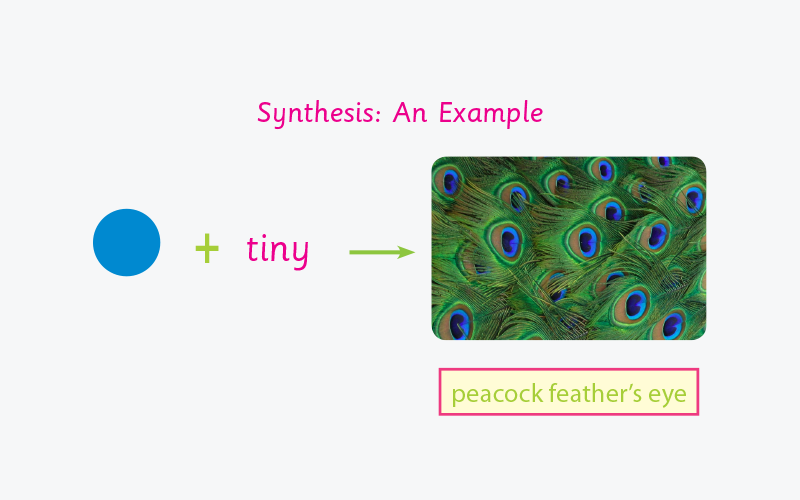
Get the set of sample activities for the above tools by downloading free-thinking tools exercises here.
Tips for parents
1. Please help your child by being with them and calmly explaining this concept.
2. Do not expect perfect answers at the initial stage.
3. Help to discover the answer only if your child loses interest after a few trials.
4. Remember that the objective is divergent thinking, so it takes time. Do not worry about finishing at a shorter duration.
5. When rejecting answers, explain the reason for not fitting into the two properties.
6. While helping in discovering materials, the parent can point eccentric diverge ideas.
7. In divergent thinking more one does the scanning, better will be the training for the mind.
Stories from field
Once, we were baffled at a comment from a worried parent. She wanted an “answer” book or answer notes for these exercises, as she worried that her son always makes errors. We explained to her that there is no right answer or a single answer for these exercises. Instead, these are open-ended questions for which you can have hundreds of unique solutions. A child can verify the answer himself/herself. We also told her that you need to measure success by observing how your son is thinking while solving these questions rather than the final answer. Creative thinking is all about developing a mindset and improving it every day. It took us some time to convince her on her son’s ability and measuring the success in an internal way rather than on an outcome basis.
This post is the first in a series of exercises taken from the “Thinking Tools” level 3 book. Purchase the book for more activities on developing a problem-solving mindset for children. Read part two here.
Author
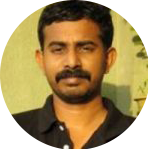
Manikandan S T
Designing the Learning Experience
Mentor at Miyav Kids
